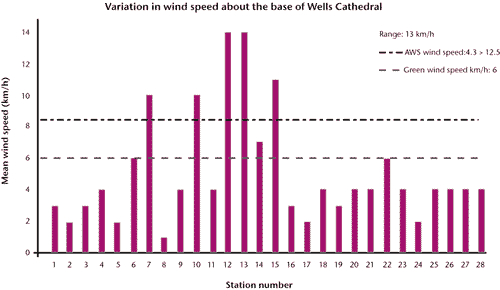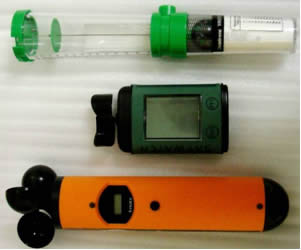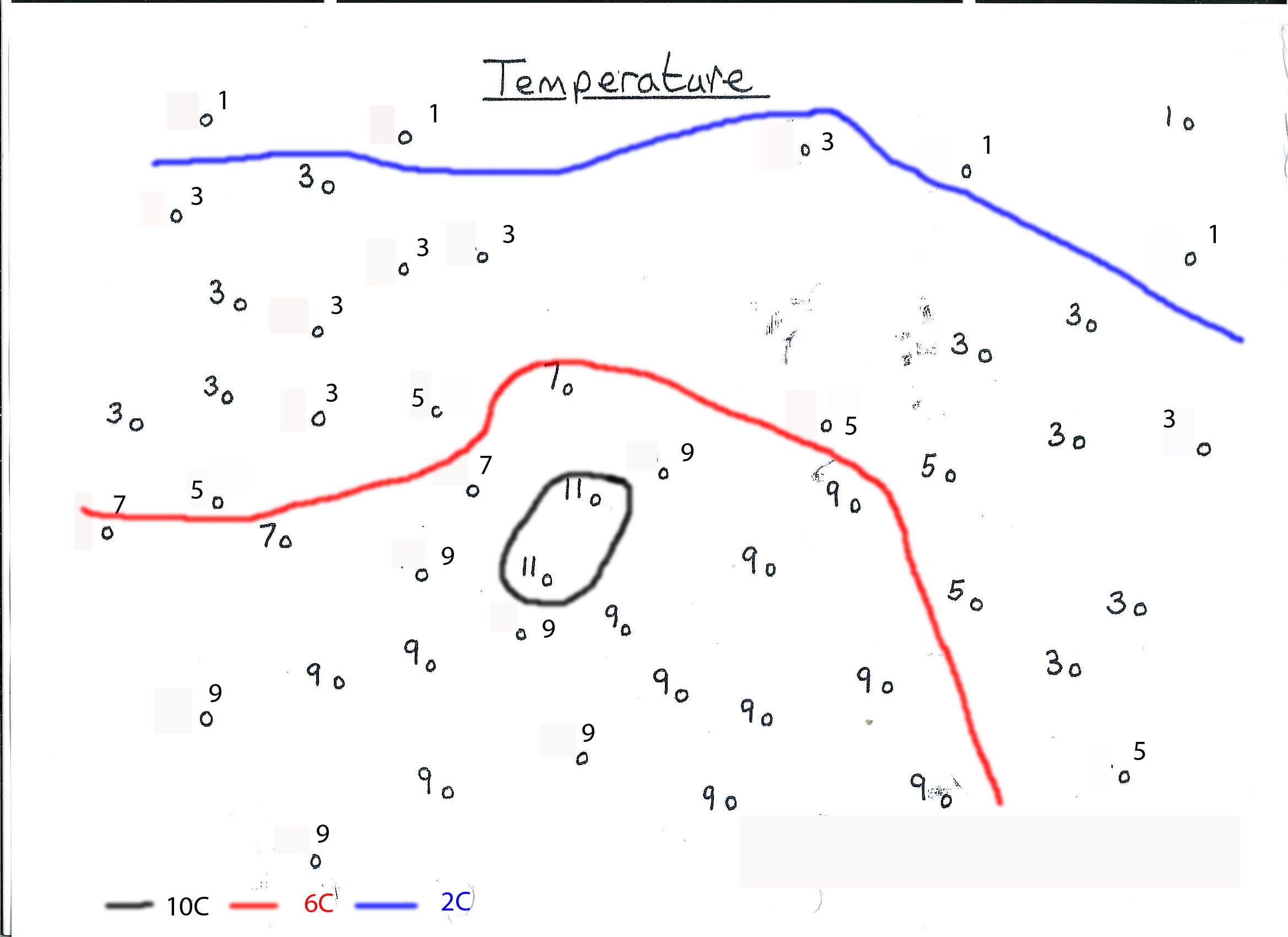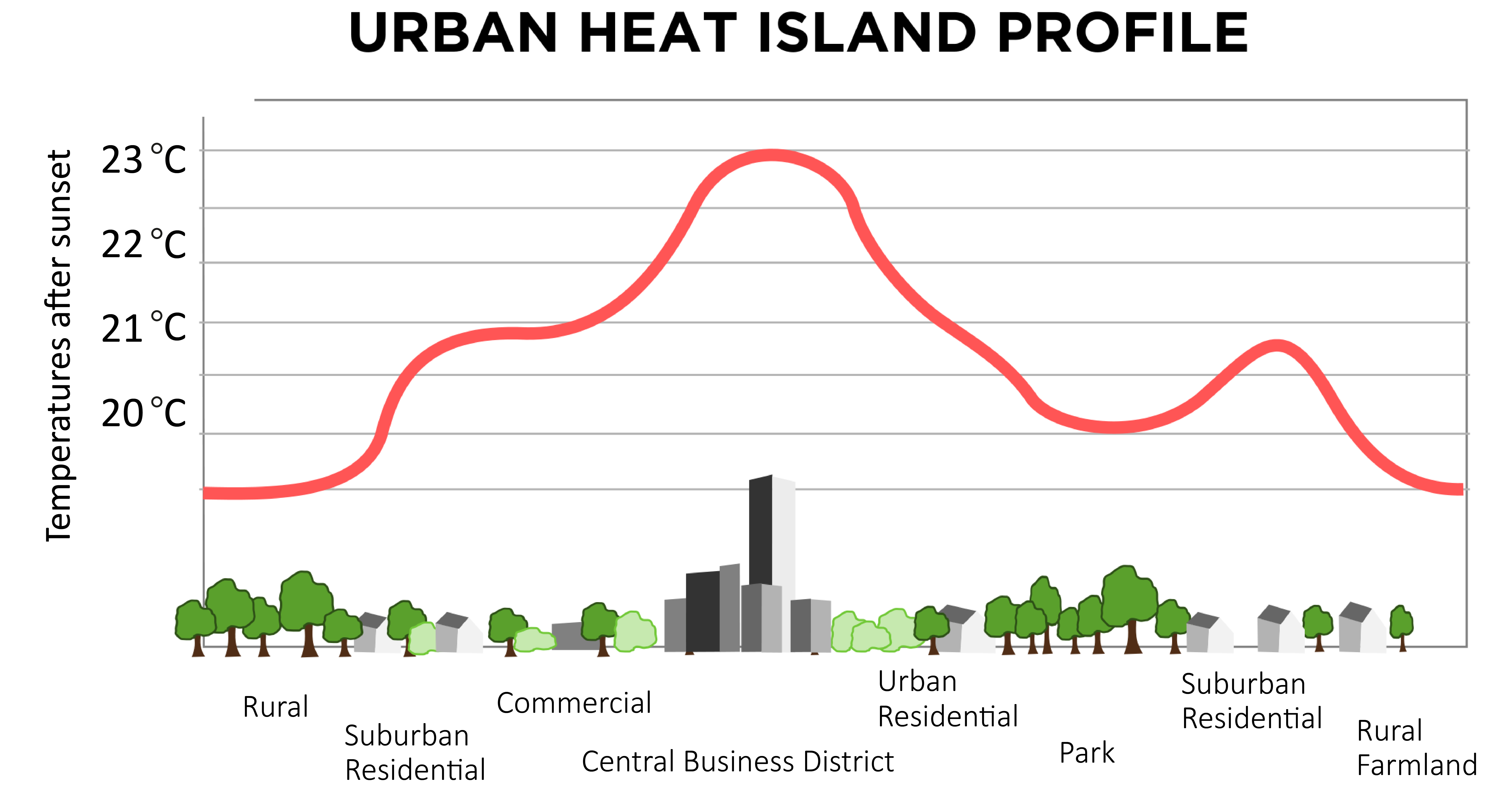What are contrails and where do they come from?
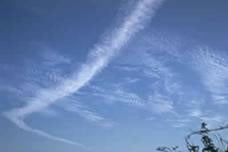 Contrails are trails of ice crystals left in the wakes of jet aircraft. These condensation trails (known as ‘contrails’) sometimes persist for many minutes or even hours. On other occasions, they disappear quite quickly.
Contrails are trails of ice crystals left in the wakes of jet aircraft. These condensation trails (known as ‘contrails’) sometimes persist for many minutes or even hours. On other occasions, they disappear quite quickly.
Download contrails fact file for printing
What is the Science behind Contrails?
 The exhausts of aircraft engines are hot and moist. The water vapour in them comes mostly from combustion of hydrogen in the aircraft’s fuel. Behind an aircraft, exhaust gases cool rapidly, mainly from mixing with their surroundings but also to a small extent as a result of radiation loss. This cooling takes a finite (small) time (a fraction of a second), so there is normally a gap of some 50 to 100 m behind an aircraft before a contrail appears. The water droplets that are produced freeze very rapidly if the temperature is low enough. The resulting trails of ice crystals persist and spread if the atmosphere at contrail level is moist enough.
The exhausts of aircraft engines are hot and moist. The water vapour in them comes mostly from combustion of hydrogen in the aircraft’s fuel. Behind an aircraft, exhaust gases cool rapidly, mainly from mixing with their surroundings but also to a small extent as a result of radiation loss. This cooling takes a finite (small) time (a fraction of a second), so there is normally a gap of some 50 to 100 m behind an aircraft before a contrail appears. The water droplets that are produced freeze very rapidly if the temperature is low enough. The resulting trails of ice crystals persist and spread if the atmosphere at contrail level is moist enough.
Contrails (and water droplets) form when the saturation vapour pressure with respect to liquid water is exceeded. They persist when the air is saturated or supersaturated with respect to ice.
What is Supercooling and how does it affect the formation of Contrails?
Supercooling is a normal occurrence in the atmosphere. Clouds composed of water droplets can persist at temperatures well below 0°C, even at temperatures below -30°C. At temperatures below about -40°C, however, all cloud droplets freeze very quickly. On long-haul routes, commercial aircraft usually reach altitudes of 10 to 12 km, where temperatures are typically below -40°C. Planes on these routes therefore tend to leave contrails behind them. Over the British Isles, trails rarely form below about 8 km in summer, 6 km in winter. When the weather is as cold as it often is in mid-winter in Alaska, Siberia and central Canada, contrails can even form at ground level. Indeed, airfields in these regions have sometimes had to be closed when low-level clouds (ice fogs) composed of aircraft-generated ice crystals have proved persistent.
How do Contrails Disappear?
 Once formed, contrails are distorted by upper winds and spread by diffusion. Persistent contrails often form large patches of cloud that look like cirrus, cirrocumulus or cirrostratus. Sometimes old contrails sometimes cannot be distinguished from these clouds. Image below: Contrails, to the right: Cirrus. For more information about identifying clouds please see the Cloudwheel (link to the right).
Once formed, contrails are distorted by upper winds and spread by diffusion. Persistent contrails often form large patches of cloud that look like cirrus, cirrocumulus or cirrostratus. Sometimes old contrails sometimes cannot be distinguished from these clouds. Image below: Contrails, to the right: Cirrus. For more information about identifying clouds please see the Cloudwheel (link to the right).
